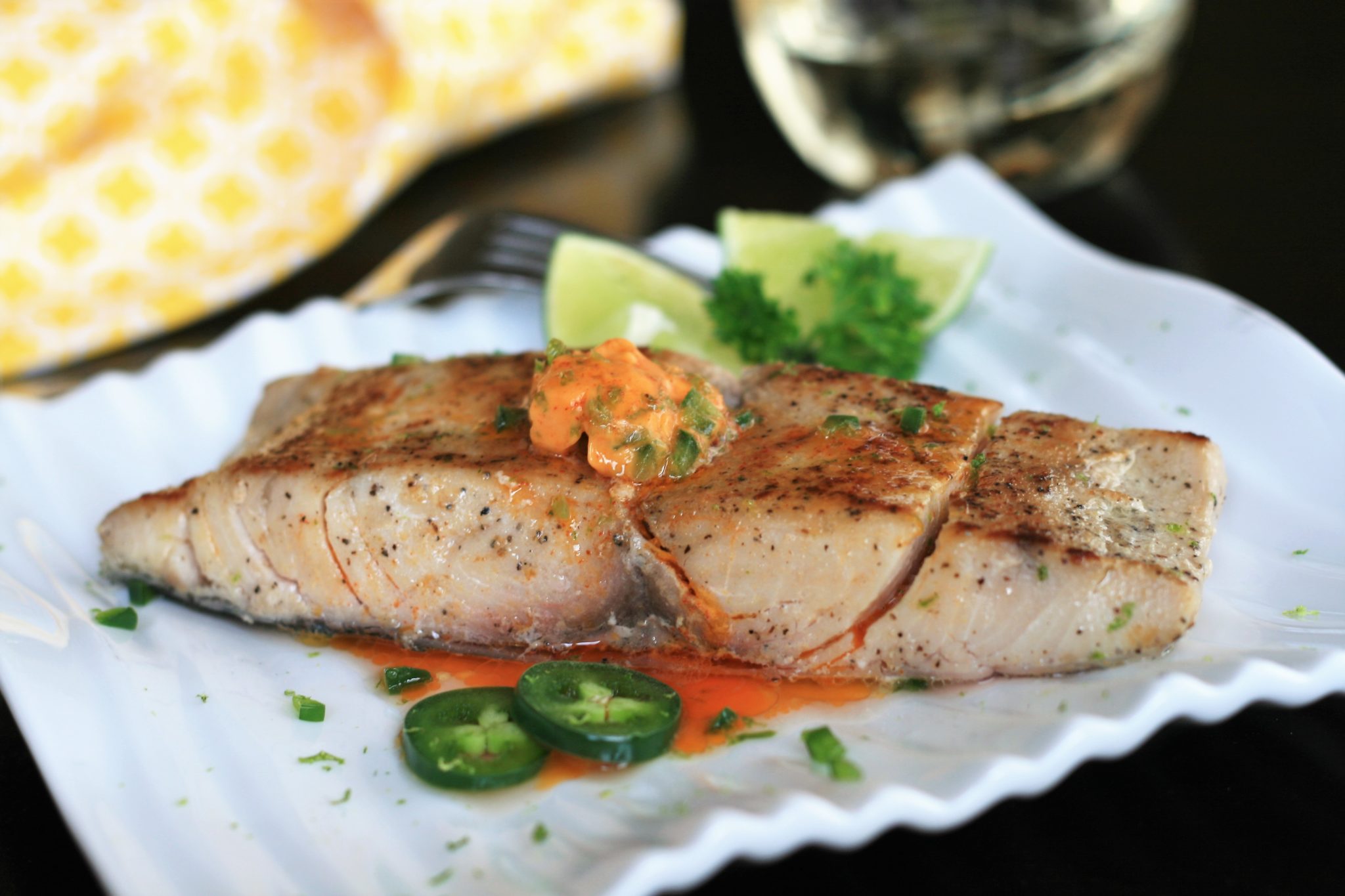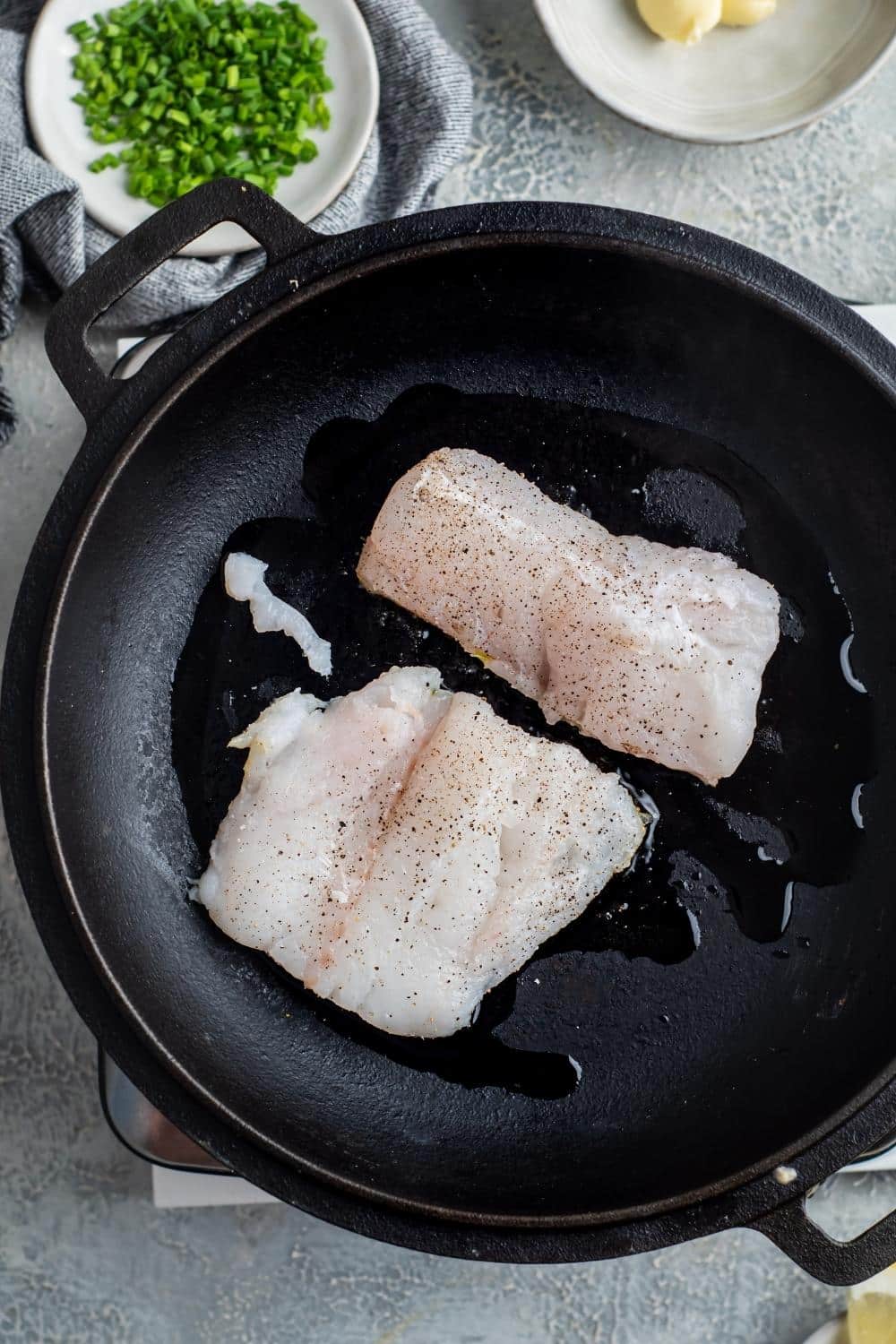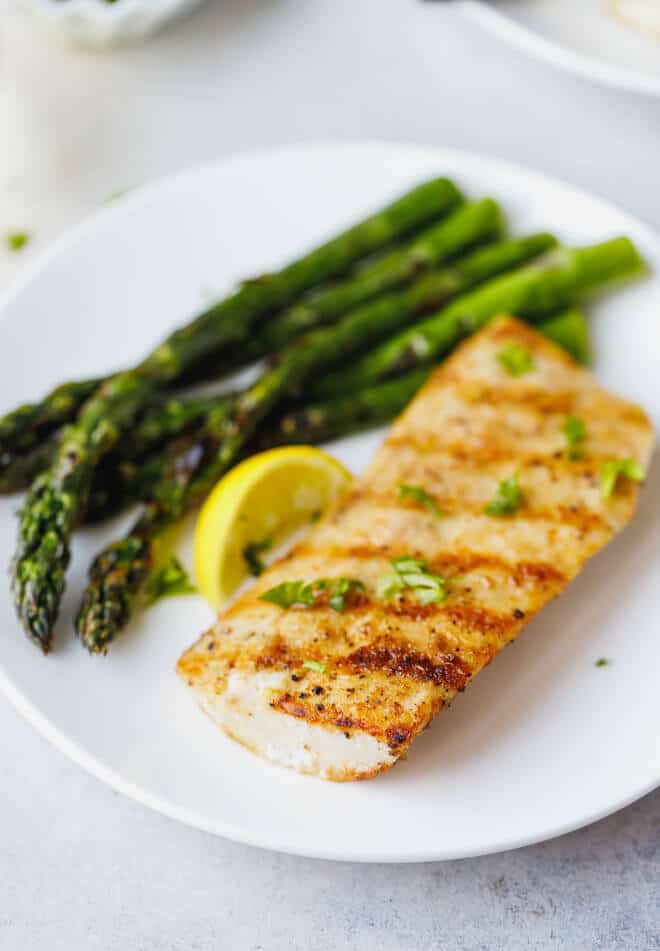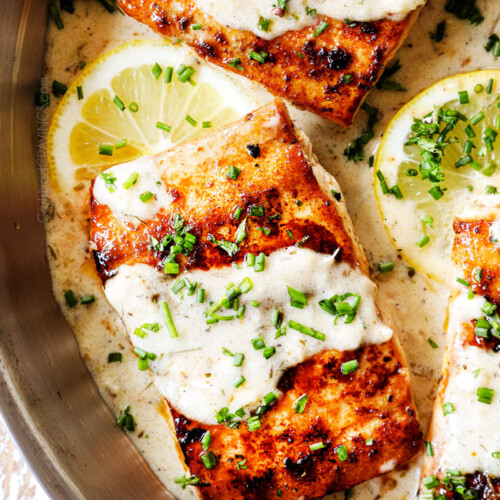Mastering Stovetop Mahi Mahi: A Delicious Seafood Delight
I. Introduction

A. Overview of Mahi Mahi as a versatile and flavorful seafood option Mahi Mahi, also known as dorado or dolphin fish, is a highly sought-after seafood option known for its firm texture and mild, yet distinct flavor. Its versatility allows it to be prepared in various ways, including cooking on the stove, making it a favorite among seafood enthusiasts.
B. Cooking Mahi Mahi on the stove for a quick and delicious meal Cooking Mahi Mahi on the stove is a convenient and efficient method that allows you to enjoy a flavorful meal in no time. By following a few simple steps, you can achieve perfectly cooked Mahi Mahi with a moist and tender texture.
II. Selecting and Preparing Mahi Mahi Fillets
A. Choosing fresh Mahi Mahi fillets for optimal flavor
When selecting Mahi Mahi fillets, it is crucial to choose ones that are fresh and of high quality. Look for fillets that have a vibrant color and a firm texture. They should not have a strong fishy smell or any signs of discoloration or bruising.
B. Properly thawing frozen Mahi Mahi fillets, if applicable
If you are using frozen Mahi Mahi fillets, it is important to thaw them properly before cooking. Thawing them in the refrigerator overnight is the best method to maintain the quality of the fish. If you’re short on time, you can use the defrost function on your microwave. However, be cautious with microwave thawing, as it can partially cook the edges of the fillets.
C. Preparing and marinating the Mahi Mahi fillets for added taste

To enhance the flavor of Mahi Mahi, consider marinating the fillets before cooking. A simple marinade of lemon juice, olive oil, garlic, and herbs can add a burst of flavor and keep the fish moist. Allow the fillets to marinate for at least 30 minutes to allow the flavors to penetrate.
III. Cooking Mahi Mahi on the Stove
A. Preheating the skillet and adding cooking oil or butter Start by preheating a skillet or frying pan over medium-high heat. Add cooking oil or butter to prevent the fish from sticking to the pan and to enhance its flavor. Allow the oil or butter to heat until it shimmers or melts completely.
B. Searing the Mahi Mahi fillets to achieve a golden crust
- Season the Mahi Mahi fillets with salt, pepper, and any desired spices or herbs. This will enhance the flavor of the fish.
- Carefully place the seasoned fillets in the preheated skillet, presentation side down. Sear them for about 3-4 minutes until a golden brown crust forms. Avoid moving the fillets around too much to ensure even browning.
C. Adjusting heat and cooking time for desired doneness

- Reduce the heat to medium-low to ensure the fish cooks evenly without burning.
- Cook the fillets for an additional 4-6 minutes, depending on the thickness of the fillets. Flip them halfway through the cooking time to ensure they cook evenly. The fish should be opaque and flake easily with a fork when it is done cooking.
D. Optional finishing touches for additional flavors
- Experiment with adding minced garlic, lemon zest, or fresh herbs such as parsley, dill, or thyme during the cooking process to infuse additional flavors into the Mahi Mahi.
- For added richness and flavor, baste the fillets with melted butter or lemon juice while they are cooking. This will help keep the fillets moist and impart a delightful taste.
IV. Serving and Enjoying Stovetop Mahi Mahi
A. Removing the cooked Mahi Mahi fillets from the skillet
Once the Mahi Mahi fillets have been cooked to perfection on the stove, it is time to carefully remove them from the skillet to ensure they remain intact and flavorful.
- Using a spatula or fish turner, gently slide it underneath the Mahi Mahi fillets, starting from the tail end.
- Lift the fillets gently, taking care not to break them apart. The flesh of Mahi Mahi is delicate and can easily flake.
- Place the cooked Mahi Mahi fillets on a serving platter or individual plates, making sure they are presented neatly and appealingly.
B. Garnishing with fresh herbs or citrus zest

Adding garnishes to your cooked Mahi Mahi enhances the overall presentation and brings a burst of freshness to the dish. Consider using fresh herbs or citrus zest to impart vibrant flavors.
- Fresh herbs: Chop some fresh herbs such as parsley, cilantro, basil, or dill. Sprinkle them over the top of the Mahi Mahi fillets to add a pop of color and a fragrant aroma.
- Citrus zest: Grate the zest of a lemon, lime, or orange using a fine grater or zester. Sprinkle a touch of citrus zest over the cooked Mahi Mahi to provide a bright and tangy flavor.
Be mindful not to overwhelm the delicate flavors of the Mahi Mahi with excessive garnishes. Use them sparingly to complement the taste of the fish.
C. Pairing options and serving suggestions
To complete the dish and create a well-rounded meal, consider pairing the stovetop Mahi Mahi with complementary flavors and side dishes. Here are some serving suggestions:

- Serving with a tangy mango salsa or avocado-lime sauce
- Prepare a fresh mango salsa by dicing ripe mangoes and combining them with diced red onion, jalapeño pepper, cilantro, lime juice, salt, and pepper.
- Alternatively, whip up a creamy avocado-lime sauce by blending avocados, lime juice, garlic, salt, and pepper until smooth. Adjust the consistency with a bit of water, if needed.
- Pairing with a side of roasted vegetables or coconut rice
- Roast a selection of colorful vegetables, such as bell peppers, zucchini, and cherry tomatoes, in a hot oven until tender and slightly charred.
- Alternatively, cook fluffy coconut rice by adding coconut milk to the water when cooking the rice. This will infuse the rice with a subtle coconut flavor that pairs well with the Mahi Mahi.
- Serving over a bed of mixed greens for a refreshing Mahi Mahi salad
- Toss a mixture of crisp salad greens, such as romaine, arugula, and spinach, with a light vinaigrette made from olive oil, lemon juice, Dijon mustard, honey, salt, and pepper.
- Place the cooked Mahi Mahi fillets on top of the salad and garnish with cherry tomatoes, sliced cucumbers, and crumbled feta cheese for added texture and flavor.
Experiment with different flavor profiles, such as Mediterranean, Asian-inspired, or Caribbean-inspired, to create unique and exciting combinations.
V. Conclusion
In this guide, we have explored the final steps of serving and enjoying stovetop Mahi Mahi. By carefully removing the cooked fillets from the skillet, garnishing with fresh herbs or citrus zest, and considering pairing options and side dishes, you can create a delightful and satisfying seafood meal. Let your creativity shine and embrace the versatility of Mahi Mahi to create a personalized dining experience. Enjoy the flavors of the ocean and the deliciousness of this stovetop Mahi Mahi dish!
